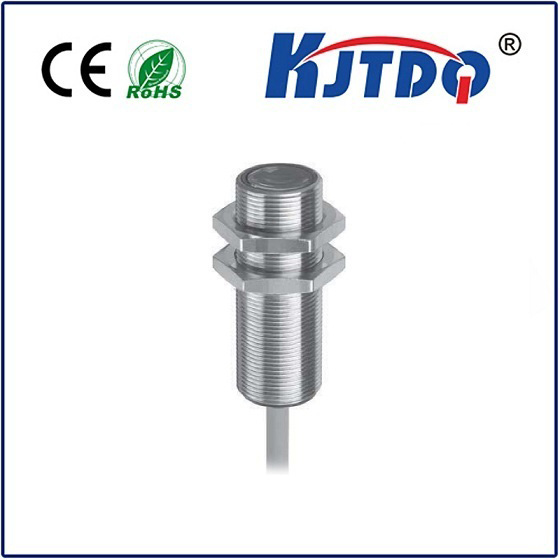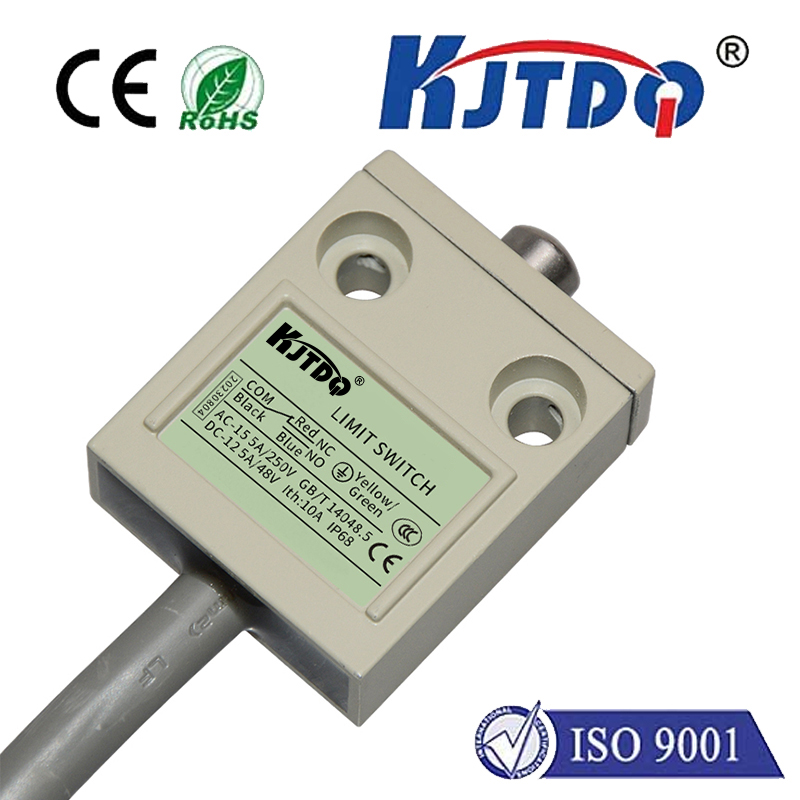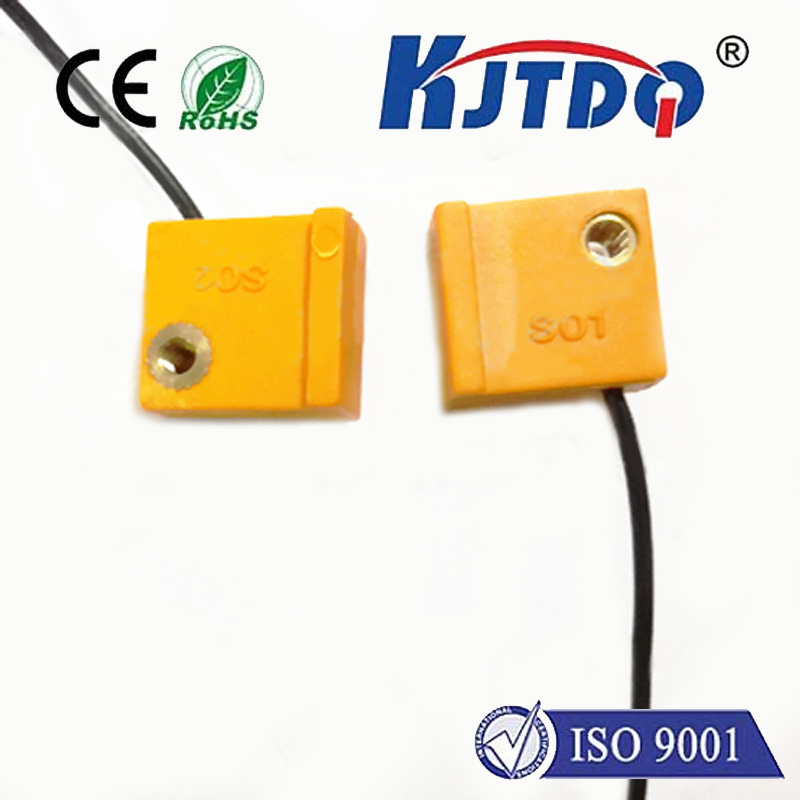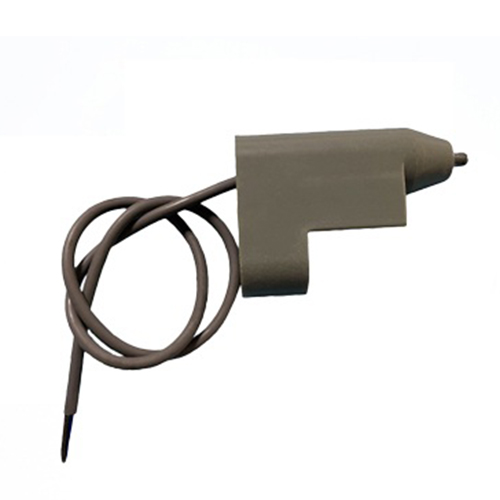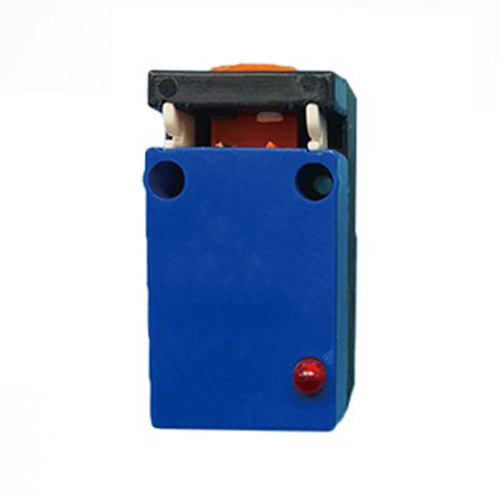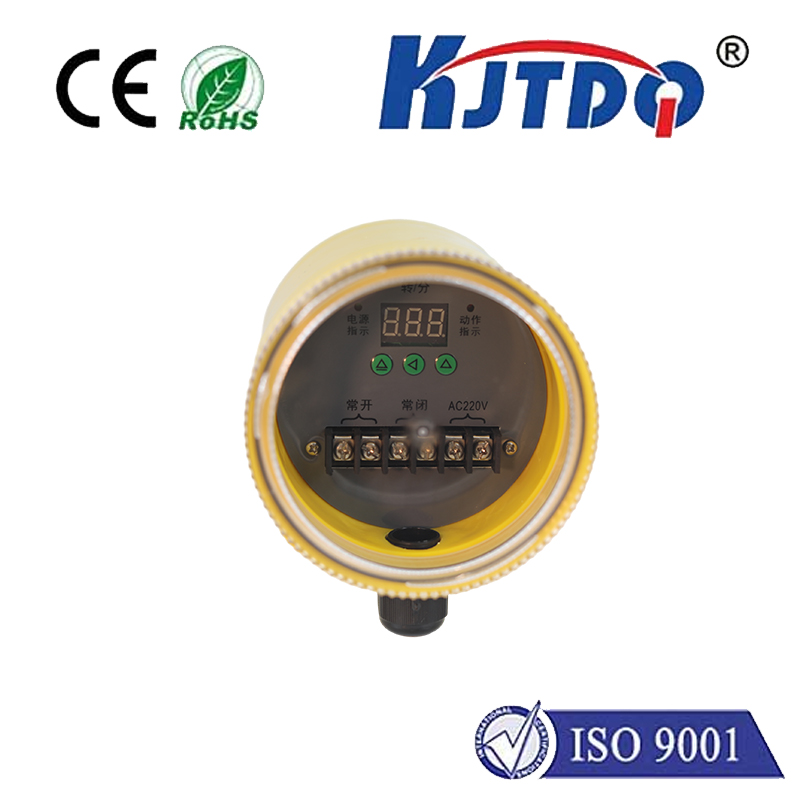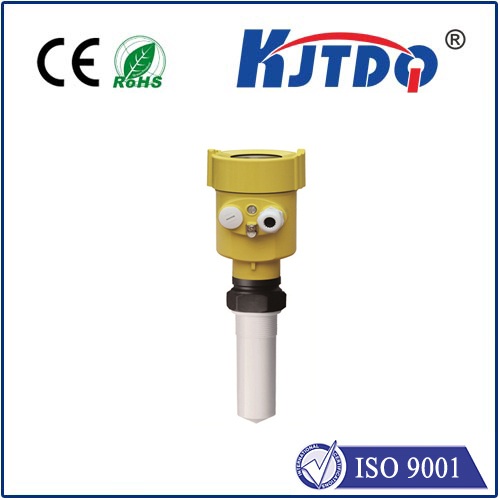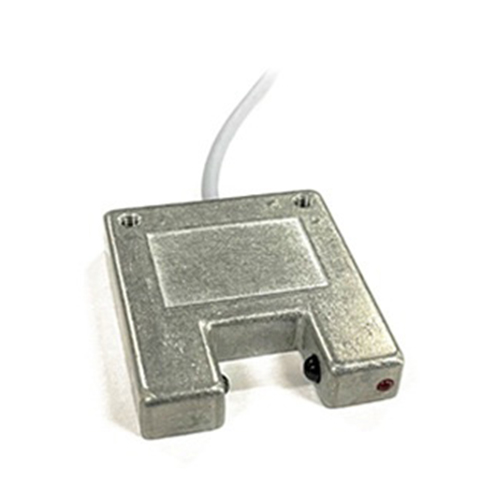

check

check

check

check

check

check

check

check

check

check
Title: Unlocking the Power of Machine Learning with Limit Switches
In the world of machine learning (ML), data is king. The more quality data we have, the more accurate our models can be. However, data alone is not enough. We also need to know when to stop collecting data and make a decision. This is where limit switches come in.
A limit switch is a mechanical device that automatically stops an engine or other machinery when a certain condition is met. In the context of ML, a limit switch can be used to terminate a training process if the model starts to overfit the data. Overfitting occurs when the model becomes too complex and starts to fit the noise in the data, instead of the underlying pattern. This can lead to poor generalization performance on new, unseen data.
By using a limit switch, we can prevent overfitting by automatically stopping the training process when the model's accuracy starts to degrade. This allows us to keep our model simple and robust, while still achieving good performance on the training data.
Another advantage of using limit switches in ML is that they can help us identify bias in our data. Bias can occur when the dataset contains systematic errors or inconsistencies that affect the model's performance. By monitoring the convergence of our model and stopping the training process if we observe any signs of bias, we can ensure that our model is fair and unbiased.
In conclusion, limit switches are a powerful tool for preventing overfitting and identifying bias in machine learning models. By incorporating them into our workflow, we can build stronger, more accurate models that are better suited for real-world applications.
